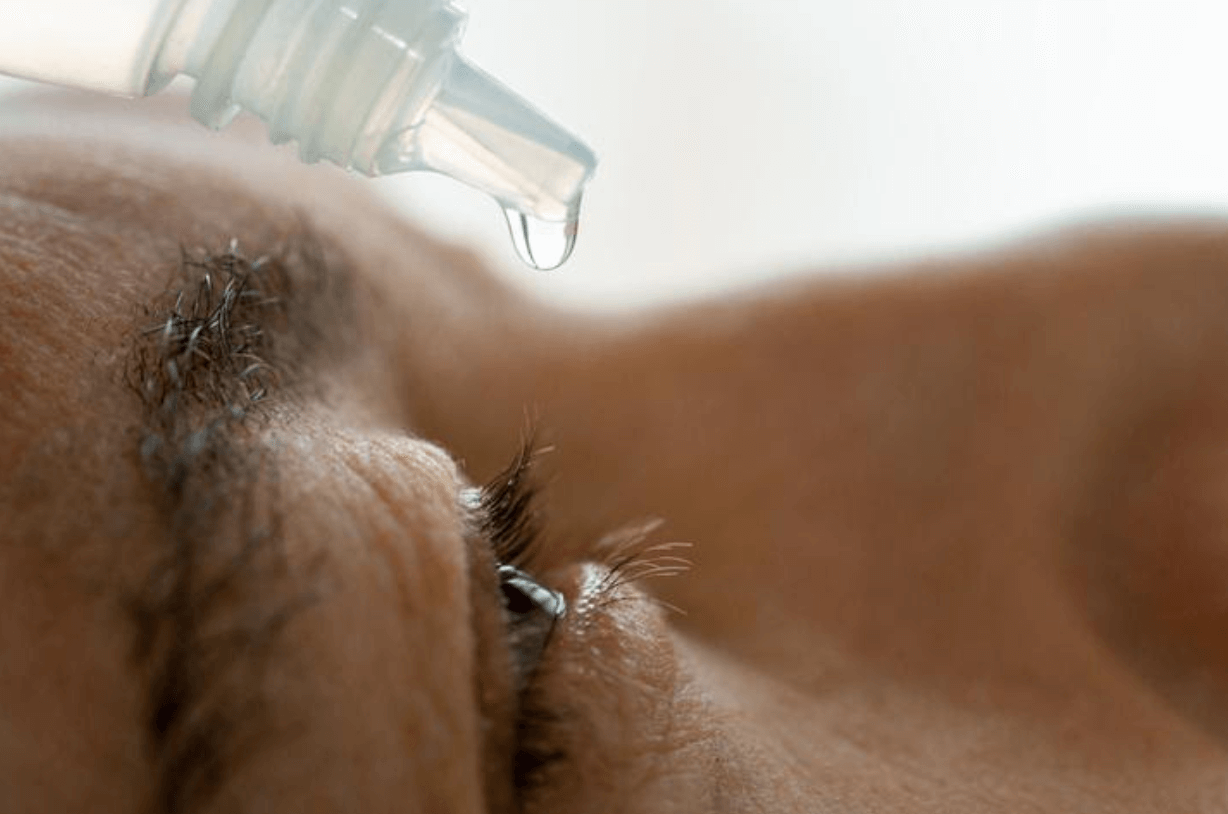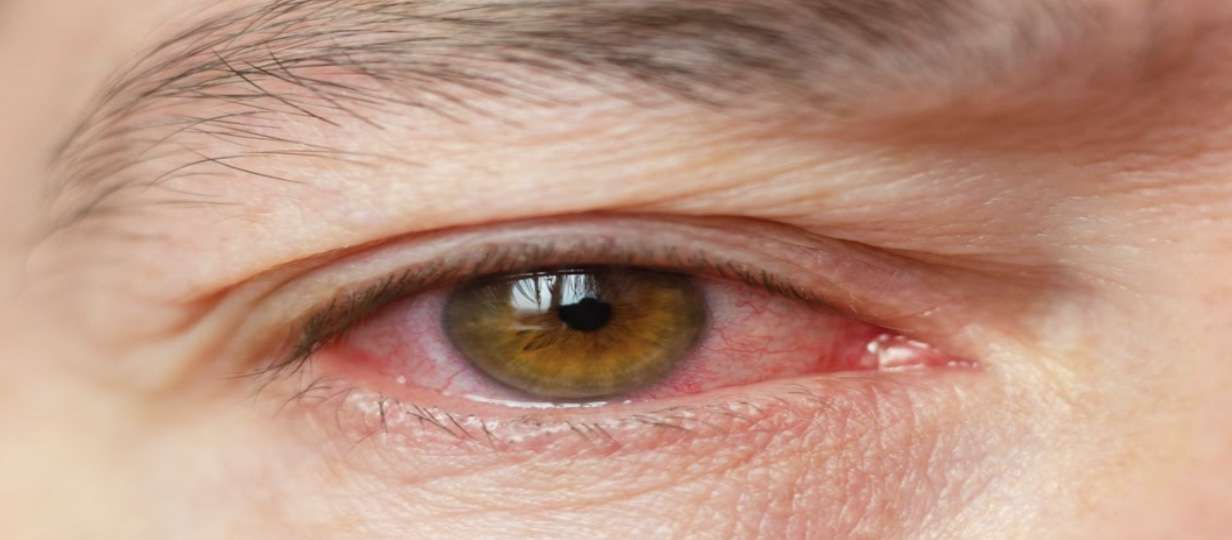Why you should keep an eye on Pink Eye
Conjunctivitis is commonly referred to as “pink eye” because it causes the white of the eye to become pink or red. It’s a common occurrence among children but it can also affect adults. It’s infectious enough to spread from person to person yet it’s usually not fatal. It’s unlikely that it’ll harm your vision, especially if you catch it early and cure it. Pink eye clears up without causing long-term difficulties if you take precautions to prevent it from spreading and follow your doctor’s recommendations.
What Causes Pink Eye?
Conjunctivitis (pink eye) according to the Centers for Disease Control and Prevention (CDC) is caused by a variety of factors:
- An allergic response to eye drops
- Shampoos, grime, smoking, and pool chlorine
- Bacteria Viruses, such as those that cause the common cold
- Parasites, fungi, and amoebas
- Pollen, dust, or smoke might cause an allergic response. It might also be attributed to a specific form of allergy that affects some contact lens wearers.
It’s tough to pinpoint the specific cause of conjunctivitis because certain symptoms are similar regardless of the reason.
A sexually transmitted illness, gonorrhea, can cause an uncommon but serious type of conjunctivitis. If left untreated, it may result in eyesight loss. Chlamydia can also cause conjunctivitis.
Pink eye can be passed to your kid through your birth canal if you have chlamydia, gonorrhea, or other germs in your body when you give birth. If it happens to a newborn, get medical attention right away as it could affect the baby’s vision.
Pink Eye Symptoms
Conjunctivitis (pink eye) can cause a variety of symptoms. But how long is pink eye contagious? As long as the following symptoms are present, consider pink eye infectious.
- The white of the eye is pink or red
- Swelling of the conjunctiva and/or eyelids (the thin layer that borders the white area of the eye and the inside of the eyelid)
- Excessive tearing
- A feeling that foreign objects are in your eye
- Urgent need to rub or massage the eye
- Itching, discomfort, and/or burning sensation
- Pus or mucus discharge
- Crusting of the eyelids or lashes, especially upon waking up
- Discomfort when wearing contact lenses

When should you consult an eye doctor?
A range of severe eye illnesses can induce redness in the eyes. These illnesses include eye irritation, a feeling that something is lodged in your eye (foreign body sensation), poor vision, and sensitivity to light. If you’re having any of these symptoms, you should see a health care professional as soon as possible.
Those who wear contact lenses should stop wearing them as soon as pink eye symptoms arise. If your symptoms don’t improve within 12 to 24 hours, make an appointment with your eye doctor to check if it is caused by pink eye or your contact lenses.
Types of Pink Eye
Viral Conjunctivitis
If this is the case, the reason is most likely a virus. A common cold or respiratory tract illness can cause pink eye. The ocular discharge is watery rather than thick.
Bacterial Conjunctivitis
It is bacterial when conjunctivitis and an ear infection coexist, the result is conjunctivitis. The bacterial pink eye often happens soon after birth and the ocular discharge is thick rather than watery.
Allergic Conjunctivitis
If this is the case, the reason is most likely an allergic reaction. When pollen levels are high, what we call conjunctivitis develops. The patient’s eyes are quite itchy. It occurs in conjunction with other allergy symptoms such as hay fever, asthma, or eczema.
Diagnosis

Based on the patient’s history, symptoms, and an examination of the eye, a doctor can usually establish whether conjunctivitis (pink eye) is caused by a virus, bacteria, or allergy. It can be difficult to obtain an accurate diagnosis because certain symptoms are similar.
It’s also often tough to figure out what’s causing the problem without doing laboratory tests. Your healthcare practitioner may take a sample of infected eye discharge and send it to a laboratory to figure out what type of infection you have and what pink eye treatment is suitable for you.
What Should I Do to Get Rid of Pink Eye Symptoms?
- Wash hands often with soap and warm water.
- Keep your vision clear. Using a fresh cotton ball or paper towel, wipe any discharge from your eyes several times a day. Discard the cotton ball or paper towel and wash your hands with soap and warm water afterward.
- Wash or replace your pillowcase on a daily basis until the infection is gone. When doing laundry, use hot water and detergent to clean your bed linens, pillows, and towels. Use paper towels or keep your personal towels, washcloths, and pillows separate from others.
- Try not to rub or touch your eyes, especially if there are signs of irritation. Wipe with tissues and discard appropriately.
- Eye cosmetics, eye drops or ointments, and contact lenses should never be worn or shared. Until your eye recovers, you should wear glasses. Also, toss away disposable lenses, and clean any eyeglass cases and extended-wear lenses.
- Apply a warm compress to the affected area, such as a washcloth soaked in warm water, three to four times a day for a few minutes. This relieves the discomfort and helps to break up any crust that has formed on your lashes.
- Eye drops should be used sparingly. Unless your eye doctor advises otherwise, don’t wear them for more than a few days. It might aggravate the redness.
- Do not cover your eye with a patch. It’s possible that it’ll make the illness worse.
- Keep your eyes clean by avoiding dirt and other irritants.
- Nonprescription “artificial tears,” a kind of eye drop, may help relieve stinging and burning caused by the irritants that cause pink eye. Other forms of eye drops, particularly those advertised to cure eye redness, should not be used since they may irritate the eyes. In an uninfected eye, don’t use the same container of drops. It’s also beneficial to understand how to utilize eye drops correctly.
For More Information:










